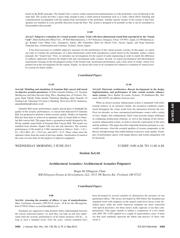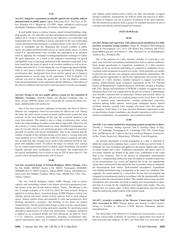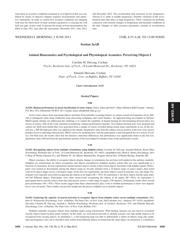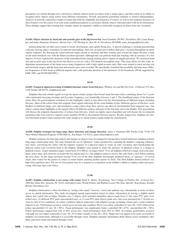Datasheet 搜索 > 模拟开关芯片 > TI(德州仪器) > TS3A5017D 数据手册 > TS3A5017D 其他数据使用手册 1/66 页
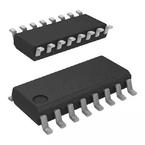
 器件3D模型
器件3D模型¥ 5.067
TS3A5017D 其他数据使用手册 - TI(德州仪器)
制造商:
TI(德州仪器)
分类:
模拟开关芯片
封装:
SOIC-16
描述:
双SP4T模拟开关3.3 -V / 2.5 V双4 : 1模拟复用器/解复用器 DUAL SP4T ANALOG SWITCH 3.3-V/2.5-V DUAL 4:1 ANALOG MULTIPLEXER/DEMULTIPLEXER
Pictures:
3D模型
符号图
焊盘图
引脚图
产品图
页面导航:
应用领域在P23P35P60P61
导航目录
TS3A5017D数据手册
Page:
of 66 Go
若手册格式错乱,请下载阅览PDF原文件

WEDNESDAY MORNING, 5 JUNE 2013 517D, 7:55 A.M. TO 8:40 A.M.
Session 3aID
Interdisciplinary: Plenary Lecture: Objective Evaluation of Musical
Instrument Quality: A Grand Challenge in Musical Acoustics
Thomas D. Rossing, Chair
Stanford Univ., Stanford, CA 94022
Chair’s Introduction—7:55
Invited Paper
8:00
3aID1. Objective evaluation of musical instrument quality: A grand challenge in musical acoustics. D. Murray Campbell (School
of Phys. and Astronomy, Univ. of Edinburgh, James Clerk Maxwell Bldg., Mayfield Rd., Edinburgh EH9 3JZ, United Kingdom, d.m.
campbell@ed.ac.uk)
Over the last few decades, increasingly sophisticated experimental and computational studies have clarified the processes involved
in sound production in musical instruments. One of the principal goals of this research effort has, however, remained tantalizingly elu-
sive: the establishment of clear and unambiguous relationships between objectively measured properties of an instrument and judgments
of its musical qualities by an experienced player. This is partly because player evaluation is a subtle and highly subjective process in
which many different aspects of the instrument’s performance may be tested. Early studies concentrated on the steady state spectra of
sound recorded in the far field of the instrument. More recently, it has been recognized that transient aspects of an instrument’s perform-
ance are important in judgments of quality made by performers. These aspects include the ease with which a stable regime of oscillation
can be initiated, and the flexibility with which pitch, amplitude, and timbre can be modified during performance. Attempts to define
“playability” of an instrument in scientific terms, and to relate these scientific metrics to the vocabulary used by performers in judgments
of playability, have been partially successful, but many questions remain unanswered.
WEDNESDAY MORNING, 5 JUNE 2013 513ABC, 8:55 A.M. TO 12:00 NOON
Session 3aAAa
Architectural Acoustics and Musical Acoustics: Virtual Concert Hall Acoustics I
Sungyoung Kim, Cochair
RIT, ENT-2151, 78 Lomb Memorial Dr., Rochester, NY 14623
Wieslaw Woszczyk, Cochair
Music Res., McGill Univ., Schulich School of Music, 527 Sherbrooke St. West, Montreal, QC H3A1E3, Canada
Chair’s Introduction—8:55
Invited Papers
9:00
3aAAa1. Towards the state of the art in virtual acoustics technology. Wieslaw Woszczyk, Doyuen Ko, and Jonathan Hong (Music
Res., McGill Univ., Schulich School of Music, 527 Sherbrooke St. West, Montreal, QC H3A1E3, Canada, wieslaw@music.mcgill.ca)
Active acoustics enhancement systems have been applied in room acoustics for decades yet it would be hard to say that their ultimate
performance has been achieved, even with the power of today’s fast digital processors. There are many challenges ahead including the
creation of homogeneous directionless diffuse field using a limited number of discrete loudspeaker sources. There is also a need to create
soundfield having some localized directional properties mimicking the phenomena found in acoustics of musical instruments interfacing
the acoustics of rooms. Some solutions to these challenges will be presented and discussed by the authors.
3401 J. Acoust. Soc. Am., Vol. 133, No. 5, Pt. 2, May 2013 ICA 2013 Montr
eal 3401
3a WED. AM
器件 Datasheet 文档搜索
AiEMA 数据库涵盖高达 72,405,303 个元件的数据手册,每天更新 5,000 多个 PDF 文件


